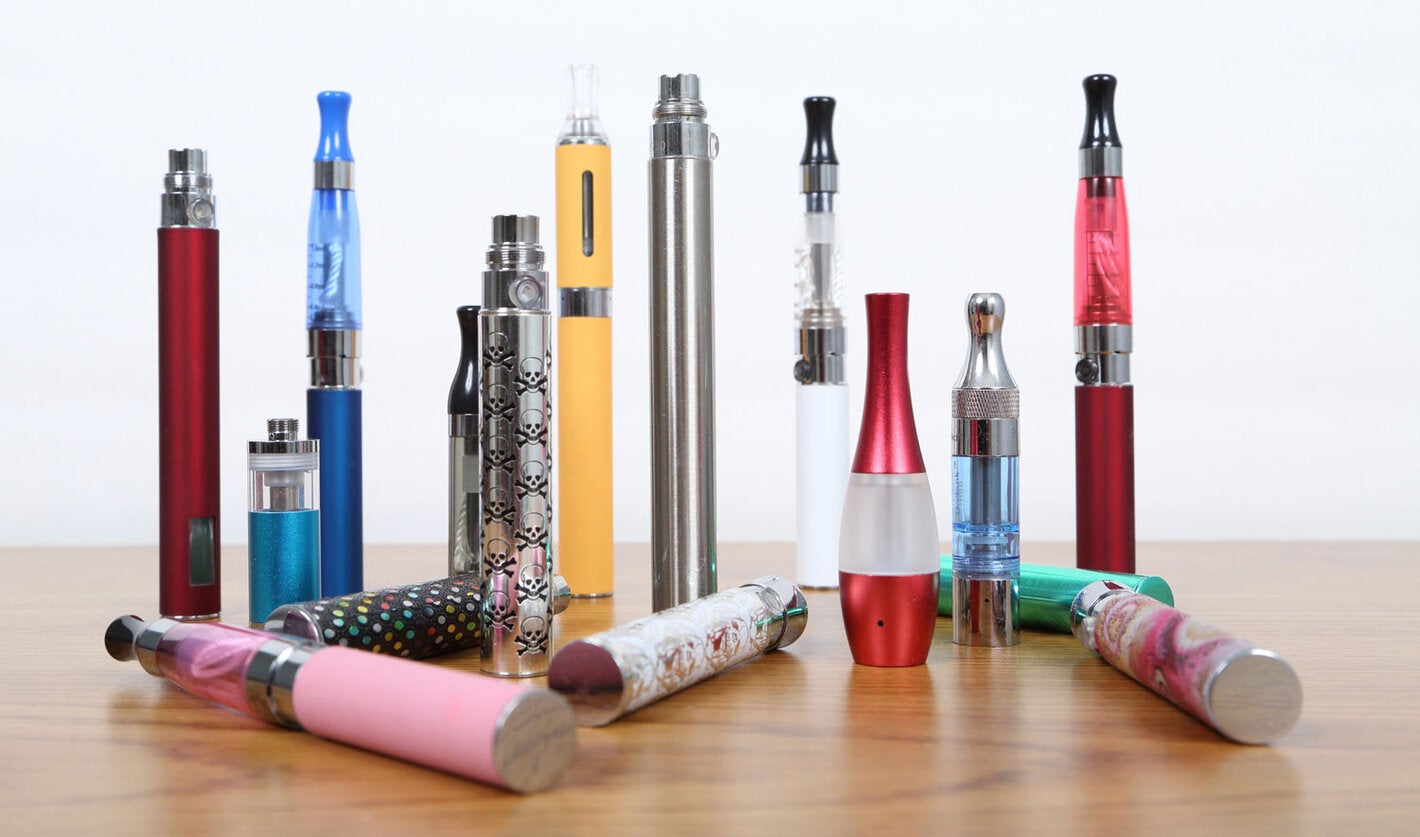
Washington, DC, May 29, 2023 (PAHO)- While the percentage of the population using tobacco in the Americas declined from 28% to 16.3% between 2000 and 2020, novel products and misleading information from the tobacco industry, especially targeting young people, threaten to undo those gains. On the eve of World No Tobacco Day (31 May), the Director of the Pan American Health Organization (PAHO), Dr. Jarbas Barbosa, called for effective policies to protect young people.
"The tobacco industry and its allies do not rest. Currently, they spread a lot of misleading information that promotes, especially among young people, the use of e-cigarettes and heated tobacco products," Dr. Barbosa said. "Although eight countries in the region have banned the commercialization of e-cigarettes and four of heated tobacco products, we are concerned that 14 countries have not yet taken any regulatory action in this regard," he added.
E-cigarettes are the most common form of electronic nicotine delivery. Their emissions contain nicotine and other toxic substances that are harmful to both users and those exposed to them.
To address the growing health threat posed by these products, the PAHO Director called on countries to implement policies to prevent their use, especially among young people, as they can become the gateway to regular tobacco consumption.
Tobacco use kills one million people per year in the Americas, one every 34 seconds. In addition, 15% of cardiovascular disease deaths, 24% deaths from cancer and 45% of deaths from chronic respiratory diseases are attributable to tobacco use. In the region, 11% of young people use tobacco.
Progress in Tobacco Control in the Americas
Since the entry into force of the WHO Framework Convention on Tobacco Control (FCTC) in 2005, the region has made great strides in tobacco prevention and control. Currently, 96% of the population in 35 countries in the region is protected by at least one of the six recommended tobacco control measures.
In 2020, South America became the first 100% smoke-free sub-region – where there is a total ban on smoking in enclosed public places and workplaces, and on public transport. Mexico also adopted the 100% smoke-free environment policy by the end of 2021 and banned all forms of tobacco advertising, promotion and sponsorship. As a result, 63% of the population of the Americas – or more than 600 million people – are now protected from exposure to tobacco smoke.
In addition, in 2022, Paraguay ratified the Protocol to Eliminate the Illicit Trade in Tobacco Products, which will boost regional efforts in this area.
"These achievements allow us to be confident that the region of the Americas will reach the target of a 30% reduction in the prevalence of tobacco use in those over 15 years of age by 2025, established in the WHO's Global Action Plan for the Prevention and Control of Noncommunicable Diseases,” Dr. Barbosa said.
But to expedite progress, the PAHO Director considered it "urgent to accelerate efforts to implement key measures that have fallen behind, including tax increases, a total ban on the advertising, promotion and sponsorship of tobacco-products, and the adoption of mechanisms to manage conflicts of interest.”
World No Tobacco Day 2023
World No Tobacco Day was created by WHO Member States in 1987 and is commemorated every 31 May. The aim is to raise awareness about the harmful effects of tobacco use and exposure to tobacco smoke. The theme of this year’s World No Tobacco Day is Grow Food, Not Tobacco.
"I call on all PAHO Member States to accelerate the implementation of the WHO Framework Convention on Tobacco Control, including to support economically viable alternative activities to tobacco cultivation and environmental protection," Dr. Barbosa said.



